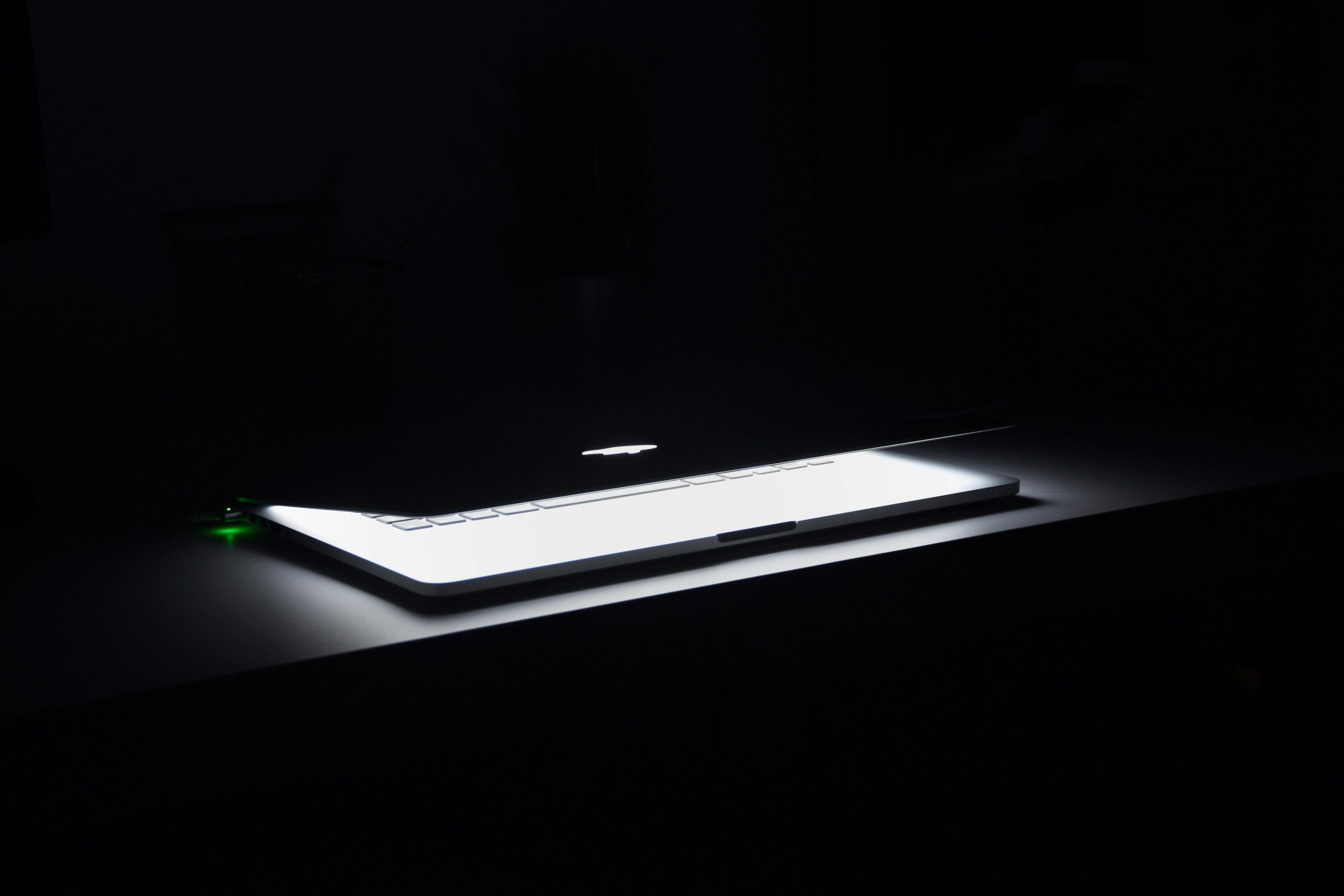Understanding and Resolving Laptop Black Screen and Display Driver Errors Post-Rendering
Introduction
Experiencing a black screen, unresponsiveness, or display driver errors can be alarming, especially after intensive tasks like 3D rendering. If you’ve recently encountered such issues following your use of Blender, you’re not alone. This article will explore common causes, interpret specific error messages, and suggest professional steps to address these problems effectively.
Case Scenario Overview
A user reported performance issues during Blender rendering, notably significant CPU spikes due to the denoise function, which slowed down the system. Upon completing the render and closing Blender, the laptop’s display went completely black, though audio playback continued. Attempts to fix the display using standard Windows troubleshooting tools, such as the “Reset Display Driver” shortcut, were unsuccessful.
Subsequently, the user observed multiple error logs related to the graphics driver, specifically entries indicating issues with the NVIDIA display driver (nvlddmkm), and a frequent Event ID 153 associated with video device errors.
Understanding the Errors
-
Black Screen and Responsiveness Post-Render
Rendering processes can strain the GPU and CPU, especially with resource-intensive features like denoising. Prolonged or heavy GPU activity may lead to driver instability or hardware stress, potentially causing the display to fail or become unresponsive. -
“nvlddmkm” Event ID 153 Error
The Event ID 153 error indicates a problem with the NVIDIA display driver, often related to the driver crashing and recovering. Such errors can manifest as black screens, artifacting, or display flickering. The error message references a device (\Device\Video3) and a GPU ID, suggesting the driver or hardware component is encountering issues. -
Display Artifacting and Frequent Errors
Repeated artifacts when switching windows suggest ongoing graphics driver instability, which can be exacerbated by driver corruption, overheating, hardware degradation, or incompatible software interactions.
Recommended Troubleshooting Steps
To resolve such issues, consider the following professional approaches:
-
Update Graphics Drivers
Visit the official NVIDIA website to download the latest stable drivers compatible with your GPU model. Avoid unverified driver sources to prevent introducing further instability. -
Perform a Clean Reinstall of Drivers
Use tools like Display Driver Uninstaller (DDU) to thoroughly remove existing graphics drivers. Follow with a clean installation of the latest drivers. This procedure helps clear corrupt files or remnants causing conflicts. -
**Check
Share this content:

